My Guide to Understanding Proportions and Measurements
The Blueprint to Building a Wardrobe That Works for You
I’ve spent years diving into every detail of CBK’s wardrobe. Along the way, I’ve gained a deeper understanding of how fit and tailoring can transform even the simplest outfits into something really special.
As a broke college student with champagne taste, I had to get creative, and these lessons stuck with me.
Dressing to flatter your body starts with understanding proportions and measurements. It’s an underutilized way to build confidence—you’ll discover what you love about yourself and how to show it off.
Here’s how I figured out what works for me:
Step 1: Take Your Measurements
Grab a tape measure and take the time to record your body measurements. This simple step gave me so much clarity about my overall body shape and composition. By seeing the numbers, I could pinpoint areas I wanted to emphasize and where I wanted to use clothes to enhance. I do this every few months, as I find that hormones, stress, and activity levels change my body composition quite frequently.
For example, I discovered that I have a smaller waist that gives me an hourglass figure, so I focus on only keeping or buying dresses that highlight that feature. Dresses without waist definition make me look frumpy, and recognizing this has completely changed how I shop.
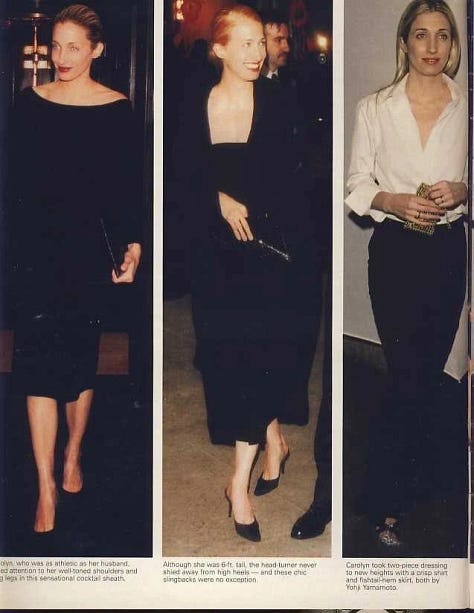
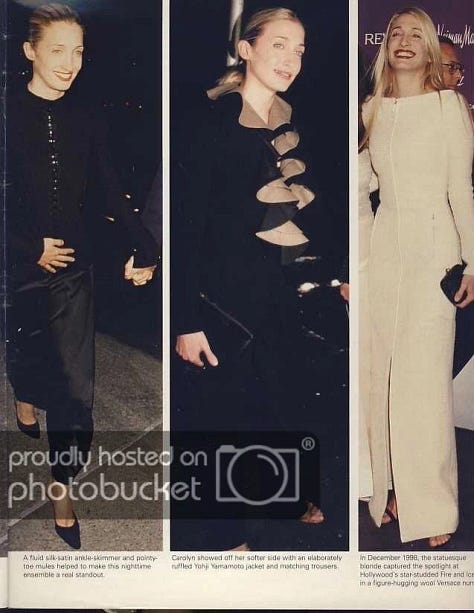
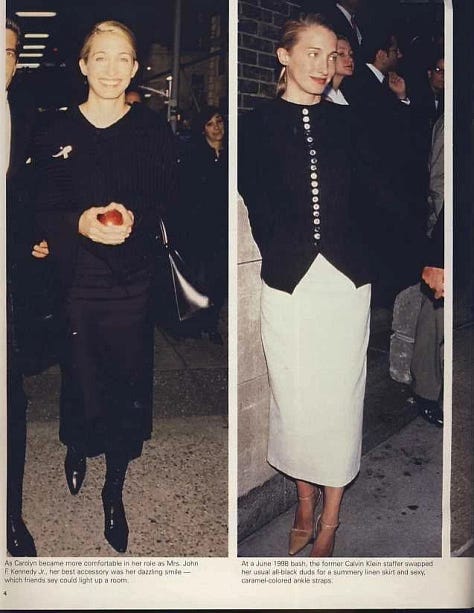
In addition to knowing what’s flattering, it has helped me shop online for secondhand pieces from sites like TheRealReal and buy items I could never have afforded new or found in my local thrift store. Not only does it expand my options, but it also saves me so much time—not that I don’t love a good treasure hunt at a Salvation Army. However, as someone who works 9–5, I just don’t have the time I once did to drink an iced coffee and wander around a flea market on the hunt for the perfect tailored trousers.
Step 2: Analyze Your Outfits
Start taking daily outfit photos or looking back at older pictures of yourself. This process helped me notice patterns in what I wear and pinpoint the items, silhouettes, and colors that make me feel the most confident. To take it one step further, I use an outfit-tracking app to create and monitor a dataset for my wardrobe, which allows me to be ruthless when editing my closet. I’ve been using it for about a year now, and it’s been the best time and money investment I’ve put into my closet in a long time.
For instance, I realized bootcut and flare jeans are much more flattering and figure-hugging, accentuating my waist better than straighter-leg styles. I also figured out that I love mid- to dark-wash jeans but don’t gravitate toward light-wash denim. These little observations allowed me to get rid of so many pairs of jeans that were going unworn and hone in on the pairs I do wear and love. It’s also helped my budget, as I now skip straight past the light-wash denim when shopping.
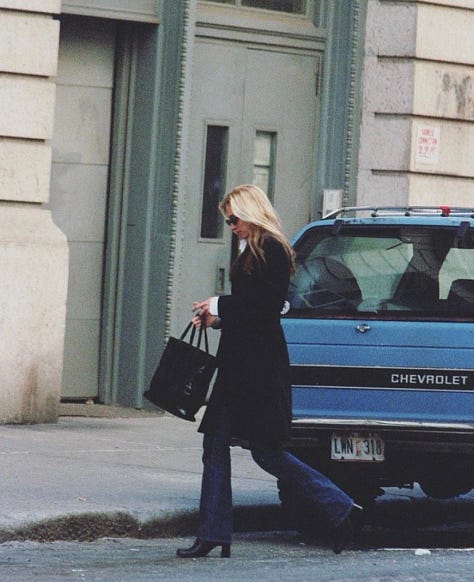
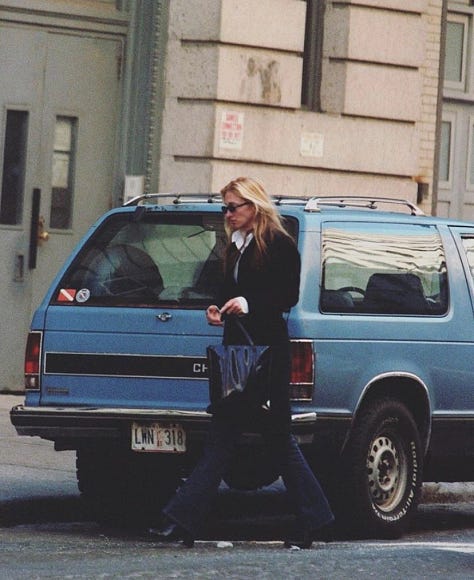
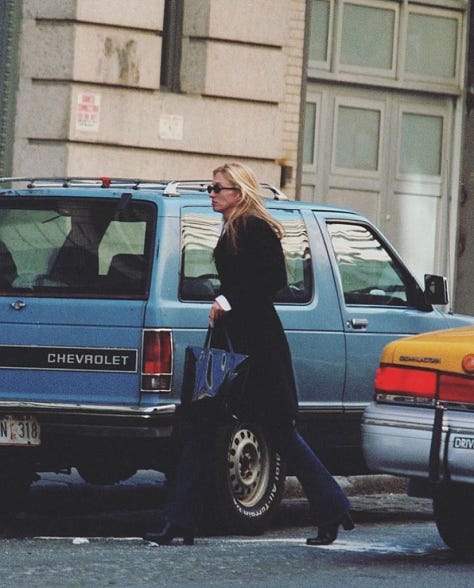
Step 3: Experiment and Learn
Over the last six years, I started applying this same approach to everything I wear, evaluating what worked and what didn’t. Over time, this has helped me pare down my wardrobe and figure out my personal style. Of course, it’s still a work in progress, and six years is a long time, but these steps have made a big impact on how I shop, dress, and feel about my outfits.
It’s led me to discover a lot about my taste and personal style. I’ve even created “outfit uniforms” to make mornings easier when I’m rushing out the door. Of course, this doesn’t mean I never experiment or make a purchase that doesn’t quite click. But taking the time to investigate and understand my own taste has given me the confidence to make more intentional decisions—not just in fashion but in all areas of life. After all, when you look good, you feel good.
What’s your process for refining your style? Leave me a comment about it below!




